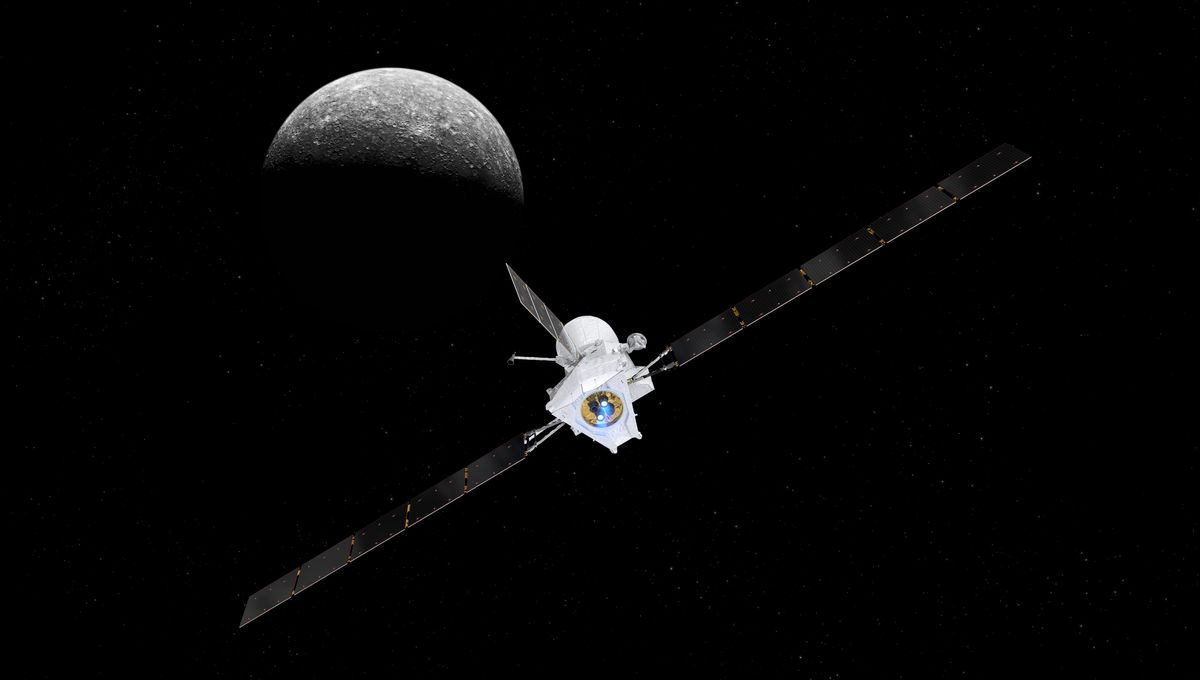
BepiColombo will be the first mission to Mercury in a decade, a joint collaboration between the European and Japanese space agencies ESA and JAXA. But almost a month ago, the mission team discovered a glitch that is causing a lack of power in its thrusters, potentially putting the mission in jeopardy.
BepiColombo is three spacecraft in one. Two parts are satellites that will be deployed in orbit around Mercury in late 2025. They are the Mercury Planetary Orbiter and Mio, the Mercury Magnetospheric Orbiter. The third one is the Mercury Transfer Module, which is taking everyone on board on their long complex trajectory to the innermost planet.
To travel inwards, spacecraft need to lose speed, and that means using planets’ gravity and accurate burns to be in the right place at the right speed. This path actually caused BepiColombo to be mistaken momentarily for a dangerous asteroid ready to hit Earth.
One of the maneuvers the spacecraft needed to do required a burn on April 26. However, the Transfer Module was not able to deliver enough electrical power to the spacecraft’s thrusters. This was a major problem – it took almost two weeks for an ESA team, working with the mission’s industrial partners, to work out the issue and apply a solution. Unfortunately, it is not a complete solution.
By May 7, BepiColombo’s thrust was back to 90 percent of its original level, but they are yet to restore full thrust. The spacecraft is on schedule to do three flybys of Mercury over the space of five months, and while 90 percent is still enough to guarantee a rendezvous with the littlest planet, there are concerns for further down the line.
The mission team is now working in parallel on two issues: Understanding how the current propulsion levels might affect the upcoming maneuvers, and working out what exactly happened to the thrusters. The goal is to ideally restore the thrusters to the original power level, but if that won’t be possible, to deliver the maximum available power to the thruster.
The first flyby coming up is on September 5, and BepiColombo will stay pretty close to the planet ready for its following flyby on December 2. The final flyby will take place on January 9, 2025. Then the spacecraft will separate and enter into orbit on December 5, 2025, for the beginning of the scientific mission.
Source Link: Mercury-Bound Mission’s Fate Is Uncertain Following Thruster Problem